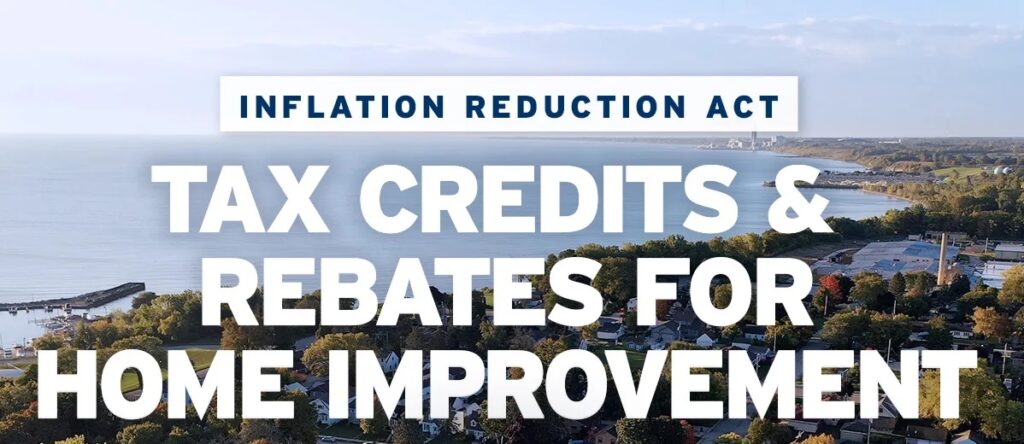
The Insulation Tax Credit has been extended to 2032! A homeowner can now receive an Insulation Tax Credit of up to $1200.
How Does it Work?
Beginning Jan. 1, 2023, the credit equals 30% of insulation expenses for qualitied materials only, up to $1200. The labor portion of an insulation project is NOT covered. This link to the Federal Government’s Energy Star page on the Tax Credit explains everything.
Examples of the Math
Generally, 50% of an insulation job from Insulwise can be applied to material costs (attic insulation, insulating exterior walls, spray foaming rim joists, dense packing a garage ceiling, etc).
Example for a $3,000 insulation job:
- Overall job cost is $3,000. The amount attributable to qualitied insulation materials would be $1500 (50% x $3,000). Of that $1500, 30% is eligible for the insulation tax credit from 2023 – 2032. Your total tax credit would therefore be $450 (30% x $1500).
Example for $12,000 insulation job:
- Overall job cost is $12,000. The amount attributable to qualified insulation materials would be $6,000 (50% x $10,000). Of that $6,000, 30% is eligible for the insulation tax credit after 2023 (up to a maximum yearly tax credit of $1200 for insulation). So 30% of the $6,000 is $1,800, but your total maximum tax credit would be $1,200.
Who Qualifies?
You may claim the energy efficient home improvement credit for improvements to your main home. Your main home is generally where you live most of the time.
For the energy efficiency home improvement credit, the home must be:
- Located in the United States
- An existing home that you improve or add onto, not a new home
In most cases, the home must be your primary residence (where you live the majority of the year). You can’t claim the credit if you’re a landlord or other property owner who doesn’t live in the home.
How to Claim the Energy Efficient Home Improvement Credit
Required Documents:
File Form 5695 Residential Energy Tax Credit,Part II, with your tax return to claim the credit. You must claim the credit for the tax year when the insulation is installed, not merely purchased.
https://www.irs.gov/forms-pubs/about-form-5695
You will also need your Insulwise Energy & Comfort Solutions invoice for the work performed.
Is Duct Sealing with AeroSeal Eligible for the Residential Energy Efficiency Tax Credit? YES!
AeroSeal is a unique process that improves the energy efficiency of a home through sealing its air duct system. The proprietary AeroSeal sealant which is expensive, along with other sealants such as silicone and HVAC tapes are also eligible for the tax credit. On average, 35% of an AeroSeal job goes to cover the material portion of the work. Below you can see how the math for determining your tax credit amount for an AeroSeal job would be.
Example for a $2500 AeroSeal job
- Overall AeroSeal job cost is $2500 (they often differ, this is just an example). The amount attributable to qualified sealant materials would be (35% x $2500). Of that $875, 30% is eligible for the insulation/sealant tax credit. 30% of the $875 is $263, which is what the tax credit would work out to.
Below is a link to AeroSeal’s homepage that explains how their duct sealing solution is covered under the tax credit program.
https://specialtyheating.com/wp-content/uploads/IRA-Homeowner-Packet-FINAL-PDF.pdf

 Two Story Colonial Home
Two Story Colonial Home 1950’s Ranch Style Home
1950’s Ranch Style Home Two Story Contemporary Home
Two Story Contemporary Home Modern Patio Home
Modern Patio Home Three Story Home
Three Story Home Cape Cod Home
Cape Cod Home Attic Insulation
Attic Insulation Floor Insulation (Garage Ceiling)
Floor Insulation (Garage Ceiling) Wall Insulation
Wall Insulation Basement Insulation
Basement Insulation Air Leak Sealing
Air Leak Sealing